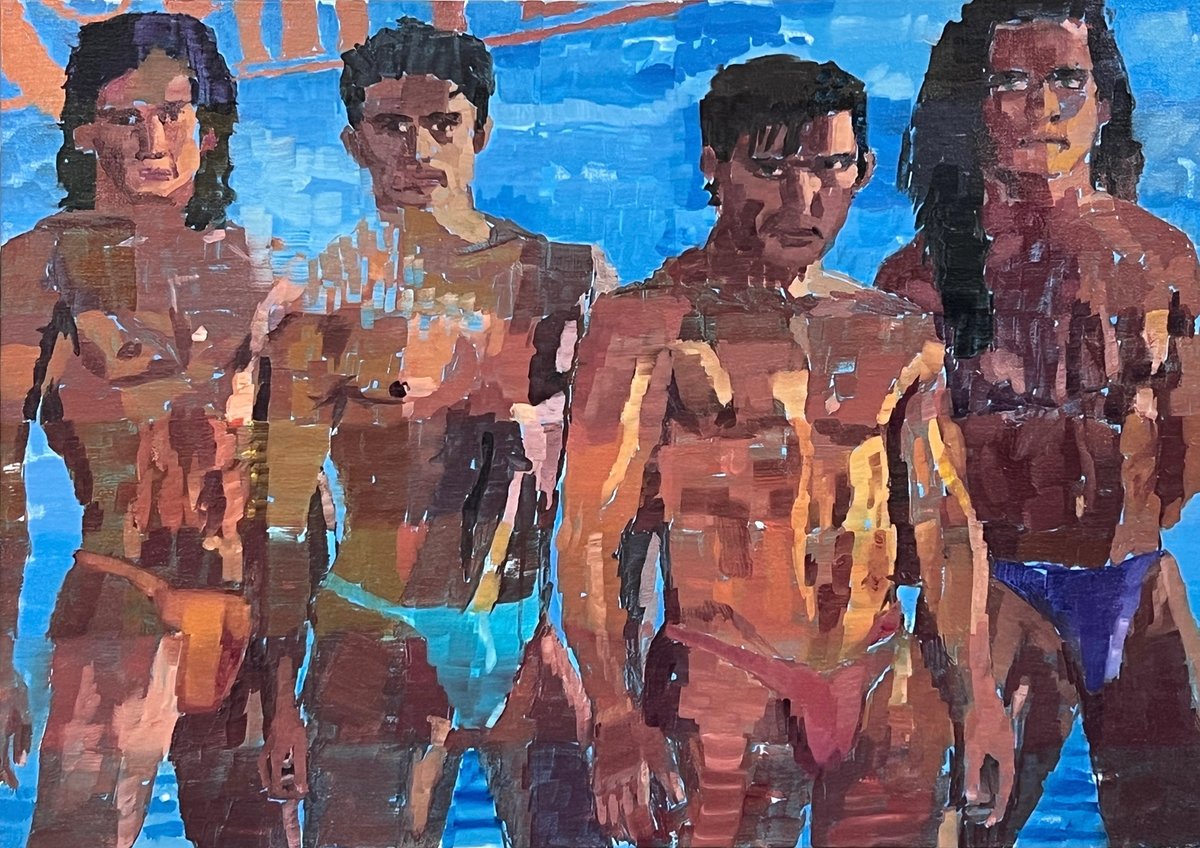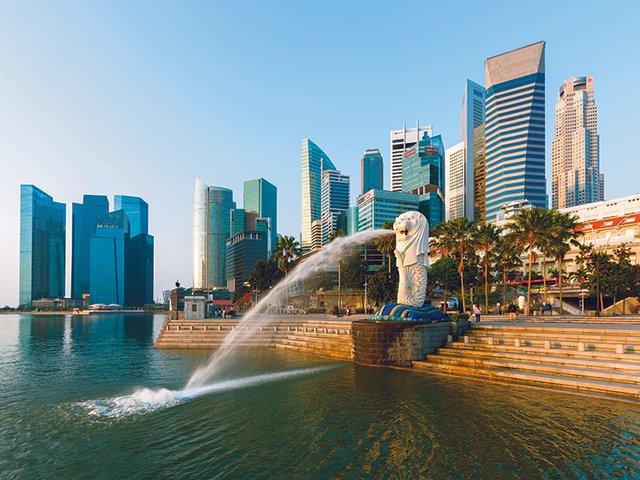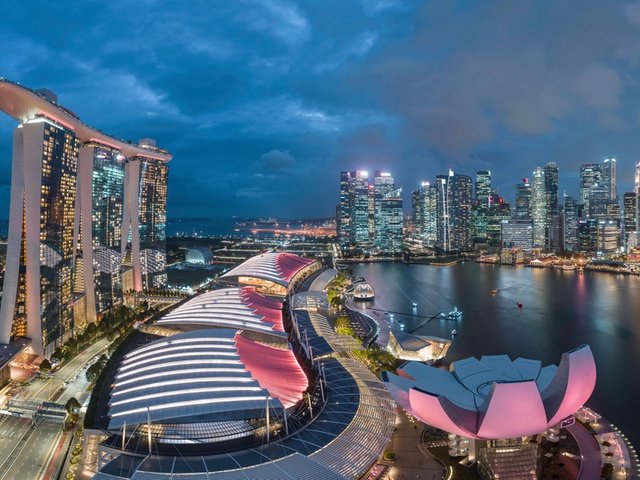At a time when young gallerists are shuttering their spaces in art hubs like New York, others are finding new opportunities in Southeast Asia. The South African artist Ricky Lee Gordon opened a new space, Sun.Contemporary in Bali, earlier this year. “I put everything on the line, it was a risk, but the response has been unbelievable,” Gordon says. “In recent years, expats have opened beach clubs and restaurants focusing on entertainment. But there’s a lack of [contemporary art] here, which both locals and foreigners crave.”
Located in the Pererenan neighbourhood—north of the island’s popular tourist destination Canggu—the gallery aims to nurture emerging local talent and exhibit established international artists. Their work ranges in price from $500 to $30,000. Gordon describes it as a project space that will host music programmes, pop-up dinner collaborations and talks on art and activism.
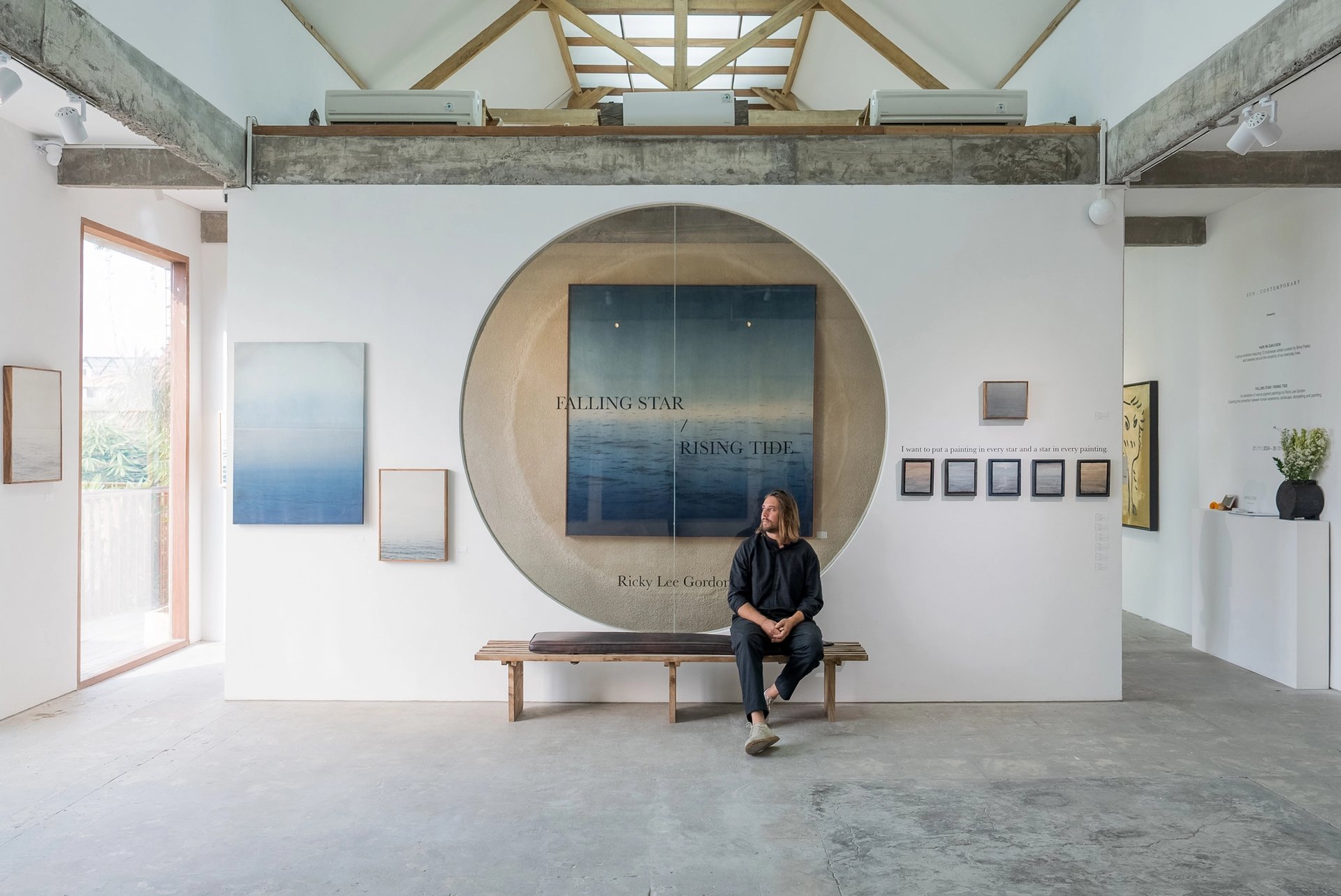
Ricky Lee Gordon in his gallery Sun.Contemporary in Bali. Gordon aims to exhibit both local talent and established international artists Courtesy of Sun.Contemporary
Sun.Contemporary is one of a handful of young galleries from Southeast Asia exhibiting at Art SG in the Futures section, which is dedicated to galleries less than ten years old. For many regional galleries, the fair is a critical stepping stone to accessing a broader collector base.
Since Sun.Contemporary’s opening, the majority of its clients have been local and expat collectors in Indonesia. A steady stream of tourists have also been purchasing work, but Gordon realises this is a transient demographic and wants to widen the gallery’s reach by exhibiting at Art SG. Gordon will show his own natural pigment landscape paintings at the fair alongside charcoal drawings by the South African artist Cameron Platter, limestone and tropical wood sculptures by the young Indonesian artist Shayan Gunawan and mixed media work by Satria Nugraha.
While operating costs are low in Bali, allowing gallerists like Gordon to take more risks, the opposite is true in Singapore. “With the amount of rent I’m paying, you could have a huge space in Indonesia and do very exciting projects,” admits the Singaporean gallerist Christiaan Haridas, who opened his eponymous gallery in the Kallang district last year.
Despite his gallery’s compact size, Haridas has an ambitious programme—focused on emerging and mid-career Singaporean artists. His roster of local artists includes the sculptor Melissa Tan, known for her laser-cut steel and resin works, the multimedia artist Jeremy Sharma and the painter Esmond Loh. New works by all three of these artists will be on display at the gallery’s booth at Art SG. Prices will range from S$5,000 to S$60,000 ($3,700 to $44,600).
Haridas says that doing business in Singapore is challenging because it is a small market, but he has cultivated a loyal collector base after working in the field for 15 years. His contact list, combined with lean operations, has meant the gallery has been successful since opening.
Singaporean art is in a frontier phase. There is a lot of room for growthChristiaan Haridas, Haridas Contemporary
He notes that Singaporean collectors are ready to support their own artists. However, many Southeast Asian collectors still hesitate to buy Singaporean art because it doesn’t have a big secondary market. “Focusing on Singaporean art is risky, but there is also a lot of opportunity. It is in a frontier phase. There is a lot of room for growth,” says the gallerist, who sees it as a long game.
Meanwhile, he is cautiously optimistic about the forthcoming fair. “Collectively, gallery managers [across the city] would agree there was a slump in the market this year, but I feel it’s picking up now,” he says. “Many are hoping Singapore Art Week will revitalise sales.”
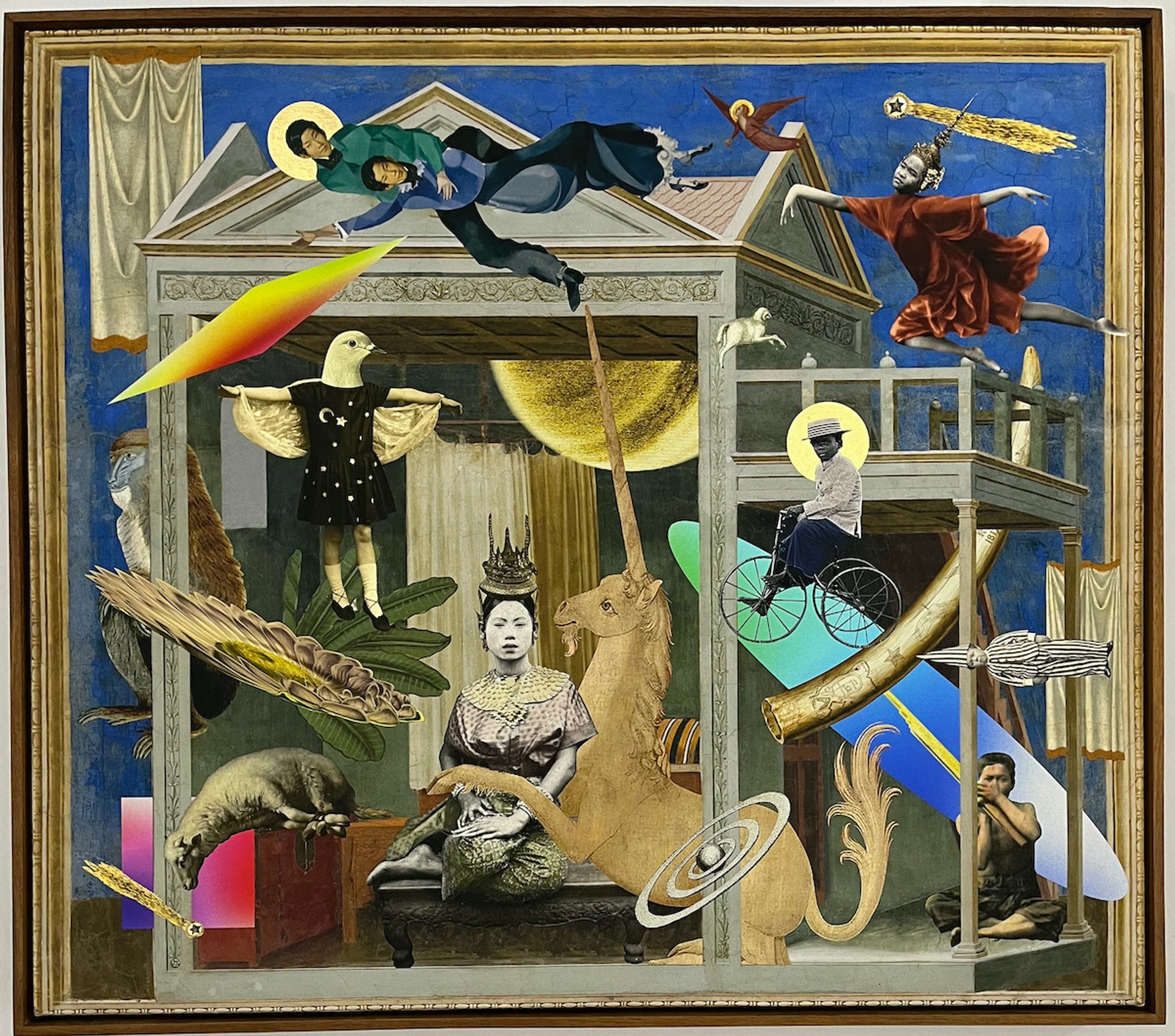
The Bangkok-based gallery Warin Lab Contemporary is showing A Unicorn in the Room (2024), a giclée print with digital collage by the emerging Thai artist Nakrob Moonmanas Courtesy of the artist and Warin Lab Contemporary
The Bangkok-based gallerist Sukontip Fon Nakasem—who founded Warin Lab Contemporary in 2021—is also looking forward to the fair. She says about 60% of her collector base is from Singapore. While most Southeast Asian collectors still buy art primarily from their own countries, she believes Singaporeans are an exception.
Sukontip, who also helms another gallery, La Lanta Fine Art in Bangkok, opened Warin Lab because she wanted to promote art devoted to social causes such as sustainability. At the fair, she will show digital collages by the emerging Thai artist Nakrob Moonmanas, which range in price from about $8,000 to $20,000, and beaded fabric works by the Bangkok-based Japanese artist Eri Imamura, priced at about $40,000. “Singapore is small, but there is a lot of buying power,” she says. “Many institutions and people have the collecting experience to connect with what I do.”
While Warin Lab has developed a large following, it still relies on funding from Sukontip’s first gallery. She thinks it will take at least another year or two to become self-sufficient. “However, I am mindful not to have tunnel vision regarding financial objectives,” Sukontip says. “We want to show people that a gallery can be socially useful and draw attention to issues we face, like floods and pollution. Art has the power to spark these conversations.”


